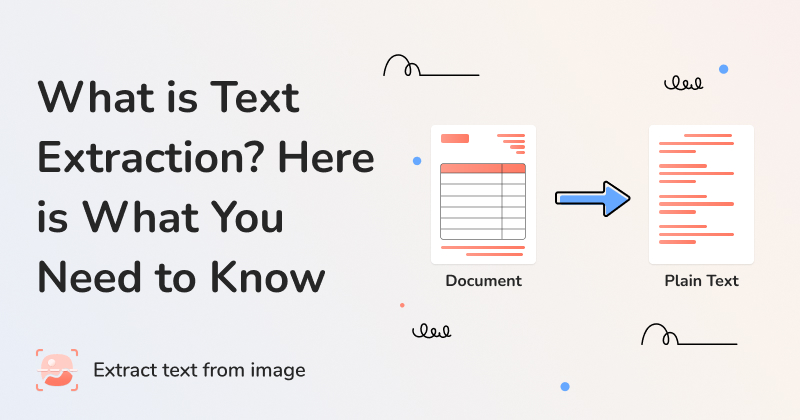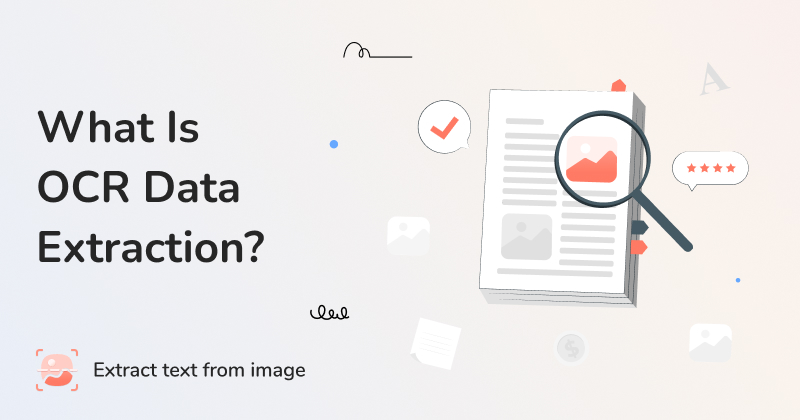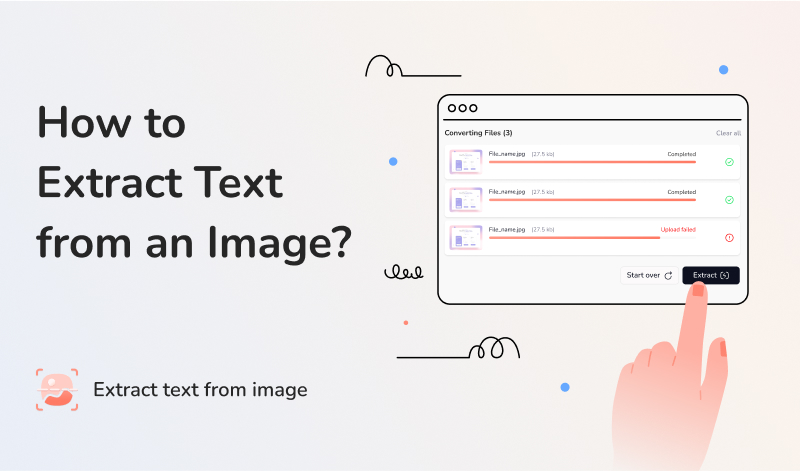Text extraction is being employed in various industries all over the world. It is the process of extracting information from unstructured files and processing it for various purposes. This can range from simple digitization of documents to complete automation of processes.
This technology is on the rise and is therefore very important to know about. The goal of this article is to give you insightful information about this process and help you understand how to implement it. So, if you want to take your work effectiveness to the next level, read this till the end.
Understanding Data Extraction
What exactly does it mean to extract information from unstructured files? Suppose there is an Excel sheet that shows the accounting records of a firm for a specific period. This can be classified as unformatted information.
However, when that information is extracted and converted into meaningful insights, it can be called extracted data. This can include profit and loss figures or even budget forecasting. This example is to give you a theoretical understanding of what extraction means.
However, our focus in this article is mainly on ‘Text’ extraction. This is a bit different from normal data extraction. Let’s see how that is so.
What is Text Extraction?
Text extraction, like data extraction, is the retrieval of information from a file. However, unlike data extraction, text extraction doesn’t apply to all types of files. This process specifically focuses on images.
As some of you may know, if an image contains text, it is just for viewing. In other words, image-embedded text cannot be selected. This, in turn, means that users can’t copy or edit this text as well. However, there is a method to extract text from images and convert it into an editable and machine-readable form. This process is known as text extraction.
In the following sections, we will show you how this happens.
Technologies Used in Text Extraction
Text extraction is a multi-technology-based process. It runs on complex algorithms that make use of multiple technologies. Some of these are:
1. Optical Character Recognition
The main utility that makes text extraction possible is optical character recognition. It is usually abbreviated as OCR. This technology scans an image to detect text characters in it. After that, it matches the detected characters with actual alphabets, numbers, or symbols. Finally, it extracts the text by retrieving the closest matches.
The workings of this technology are a bit complex, but we will get into that later. However, the main thing to notice here is that OCR is the main technology that powers Image-to-text converting tools. The remaining technologies play more of an assistive rather than a functional role in extracting text from images.
2. Natural Language Processing
Natural Language Processing (NLP) is an AI-based system that allows tools and software to interpret pieces of text in an intelligent way. In other words, this technology can analyze information like an artificial human.
So, even if you input a command that is written in a natural or everyday tone, NLP tools will be able to understand what you are trying to say. This feature, if combined with OCR, can allow tools to understand the contextual meaning of image-encoded content.
If an OCR tool is able to understand the meaning of text, it can make better assumptions about character recognition. In return, the accuracy of text extraction is significantly improved.
3. Machine Learning
Machine Learning (ML) is another AI-enabled technology that employs intelligent algorithms to learn information and patterns. For OCR, this means that if a user is converting similar types of images, Machine Learning will allow the tool to learn these patterns and improve accuracy with every passing conversion.
So, one can say that this is another technology that OCR tools utilize to reduce errors and enhance the accuracy of text extraction.
How to Use Our Extract Text from Image Tool for Extraction?
The easiest and most effective way to carry out text extraction is to use our Extract Text from Image tool. It uses advanced OCR and AI algorithms to scan the provided image(s) and pull out all the textual information from it.
On top of that, our text extractor from image tool is free to use and provides accurate outputs every single time. That being said, to use it, you have to follow the steps we’re about to mention below.
- Upload the image to the tool. You can do that by dragging and dropping it, copying and pasting it, or adding its URL to the provided box.
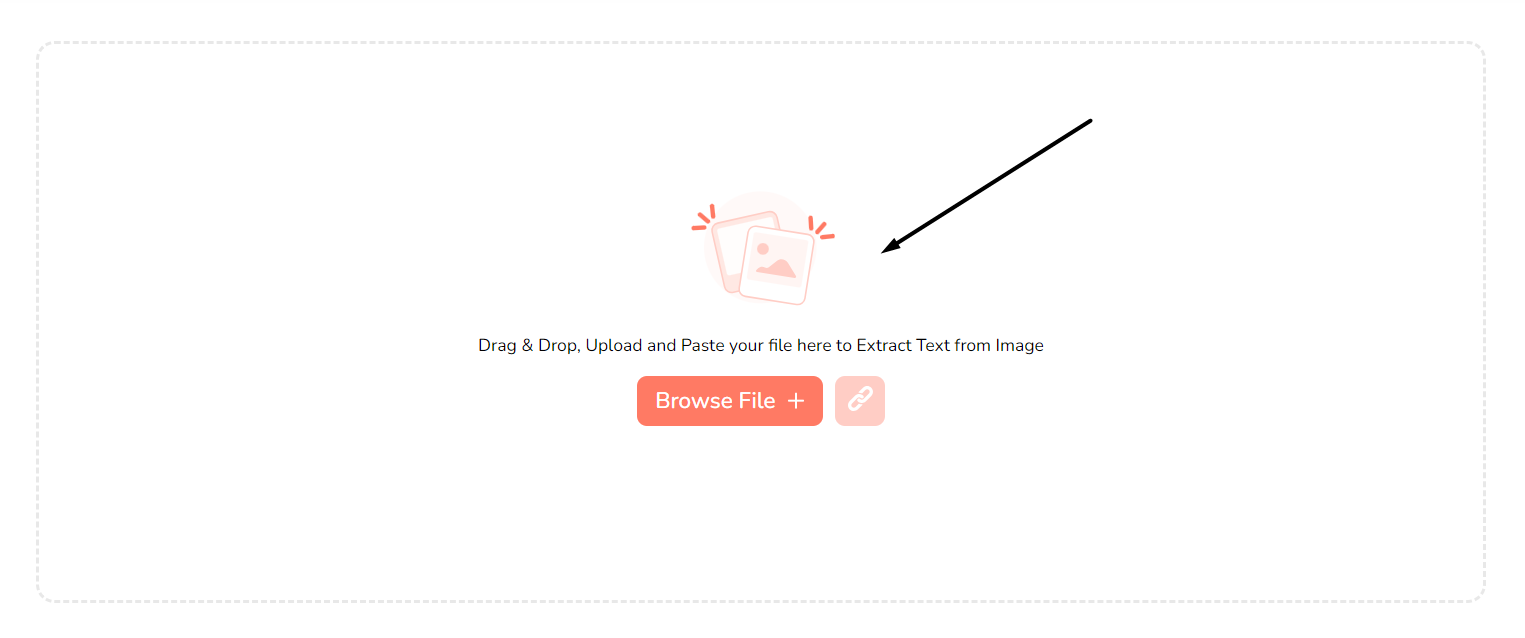
- After the picture is uploaded, click on the “Extract” button for the tool to start processing.
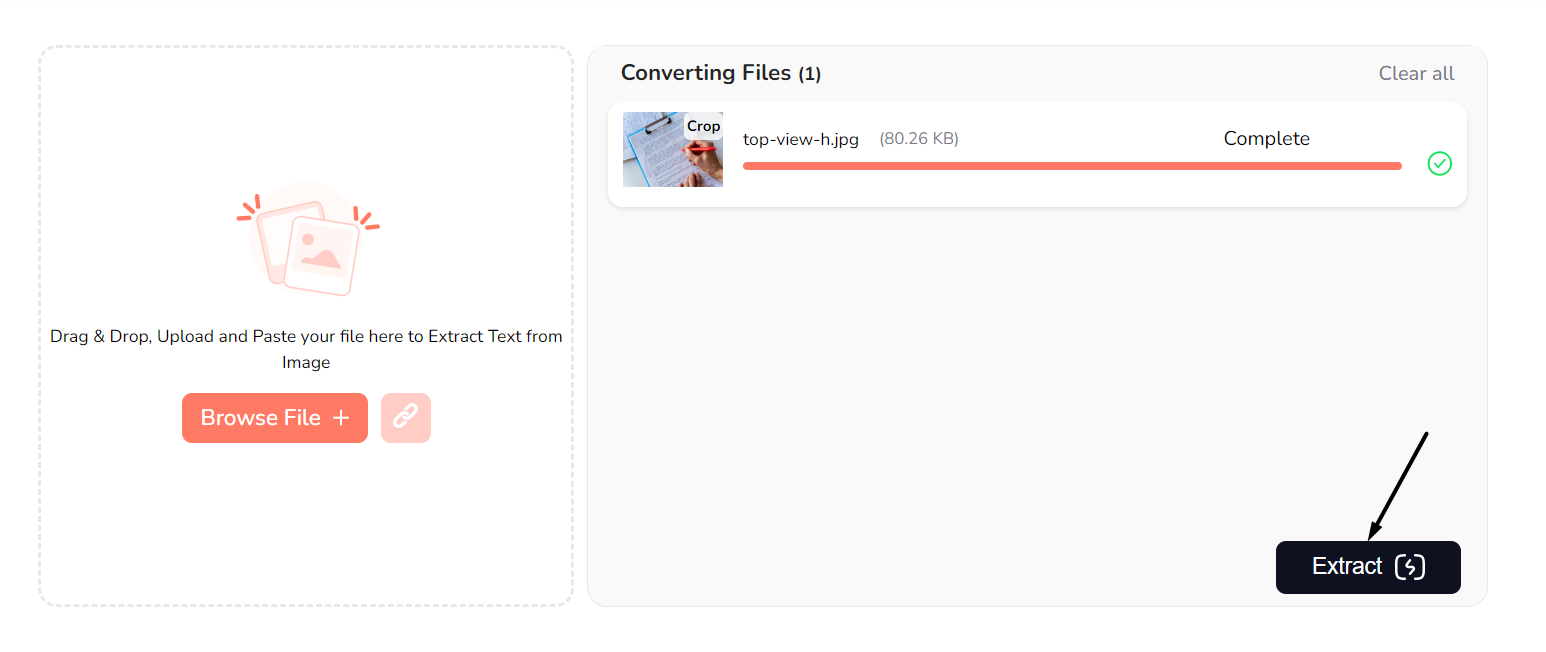
- After the processing has completed, edit the extracted text in the output box if you want. If not, then download or copy it by clicking the respective buttons.

This is how you can extract text from image to perform text extractions on all kinds of pictures.
Final Words
The importance of text extraction is often not recognized to the extent that it should be. However, we have tried to spread awareness about the matter through this article. We hope that you understand it and can utilize it to the fullest extent.
The technologies explained above are also proof that this technology will go a long way even in the future. So, make sure that you get into it while it is still hot and then develop on it. Efficient workflows, increased productivities, and much more can be achieved from this.
Helpful resources & references about text extraction:
https://cloudinary.com/blog/text-extractor-images-video

